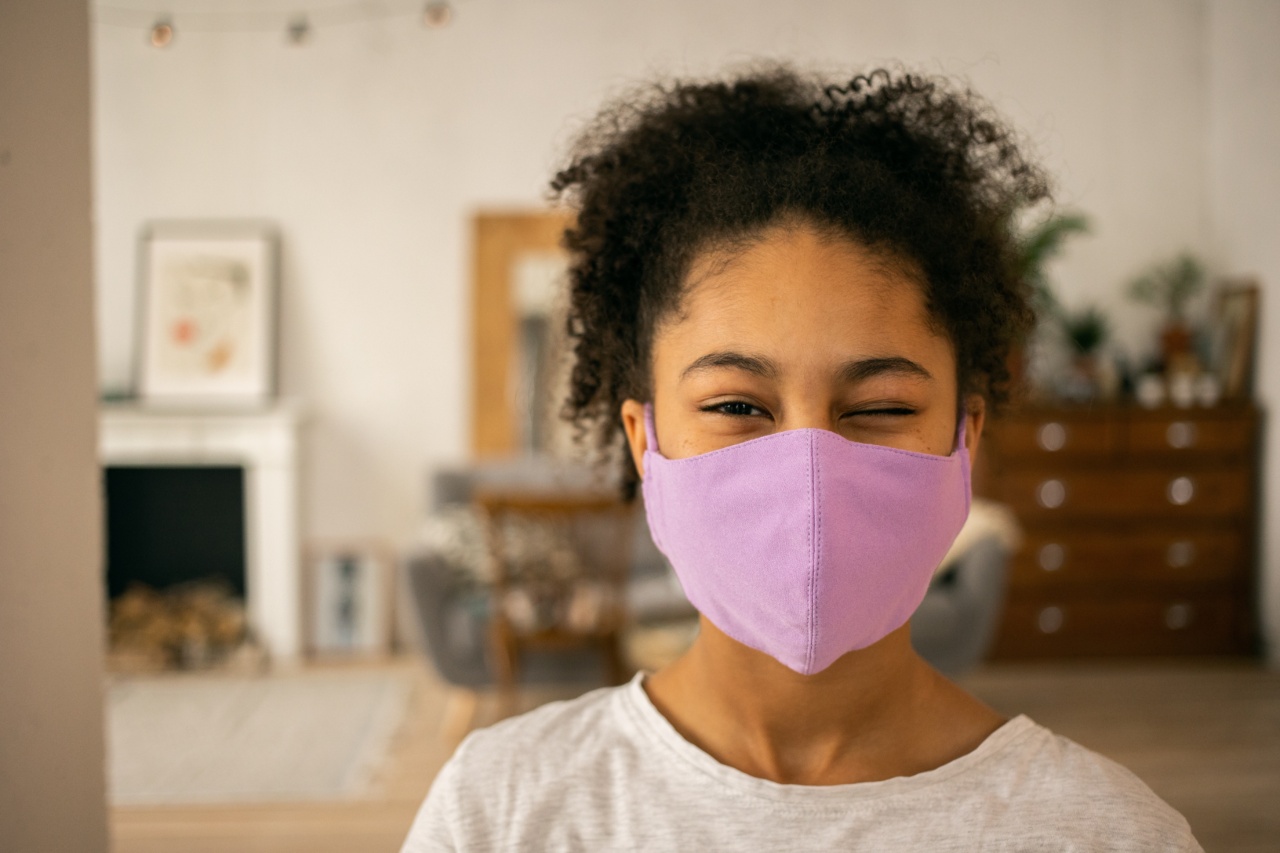Peanut allergies in children can be a serious concern for parents. Peanut allergies are becoming increasingly common and can cause severe reactions, including anaphylaxis, which can be life-threatening.
It is essential for parents to take measures to keep their children safe from peanut allergies. This article will explore some tips and strategies to help keep your child safe from peanut allergies.
1. Understand the Symptoms of Peanut Allergies
The first step in keeping your child safe from peanut allergies is to understand the symptoms of an allergic reaction.
Symptoms may include: hives, itching, wheezing, difficulty breathing, swelling of the lips, tongue or throat, abdominal pain, vomiting, and diarrhea.
2. Speak to Your Child’s Doctor
If you suspect your child has a peanut allergy, it is important to speak to your child’s doctor. The doctor may recommend allergy testing and will provide advice on how to manage your child’s allergy.
They may also recommend an epinephrine auto-injector to be carried in case of a severe reaction.
3. Read Food Labels
Reading food labels is essential in keeping your child safe from peanut allergies. Peanut-based products can be hidden in many foods, including cereals, candy, baked goods, and sauces.
Always check the ingredients list and allergen warnings before purchasing and consuming any food products.
4. Teach Your Child About Peanut Allergies
Teaching your child about peanut allergies is important in keeping them safe. Help your child understand that they need to be cautious about what they eat and to always ask before trying new foods.
Teach them how to recognize the symptoms of an allergic reaction and what to do if they experience them.
5. Plan Ahead
Whether it’s a day at school or a family event, planning ahead is essential in keeping your child safe from peanut allergies. Inform teachers, caregivers, and family members about your child’s allergy and provide them with an emergency plan.
When attending events, pack safe snacks and make sure to research the menu ahead of time.
6. Avoid High Risk Situations
There are certain situations that can put your child at a higher risk of having an allergic reaction, such as eating out at a restaurant or attending a party.
When possible, choose restaurants that have a good track record with allergies and inform the staff of your child’s allergy. When attending parties or events, bring safe snacks and make sure your child knows not to share food with others.
7. Talk to Other Parents
For parents of children with peanut allergies, talking to other parents can be helpful. Join support groups or online communities to find resources and connect with other parents who are dealing with the same challenges.
8. Keep Emergency Medication On Hand
In case of a severe reaction, it is important to have emergency medication on hand. Speak to your child’s doctor about getting an epinephrine auto-injector.
Make sure to keep it with you at all times and inform caregivers and family members on how to use it.
9. Be Prepared
In case of an emergency, it is important to be prepared. Educate yourself on how to administer emergency medication, such as an epinephrine auto-injector. Make sure to have a list of emergency contacts and know the signs of anaphylaxis.
10. Stay Informed
The world of science and medicine is constantly evolving, and new treatments and technologies are becoming available all the time.
Make an effort to stay informed about the latest developments in peanut allergy management, and work with your child’s doctor on developing the best possible plan to keep your child safe and healthy.






























